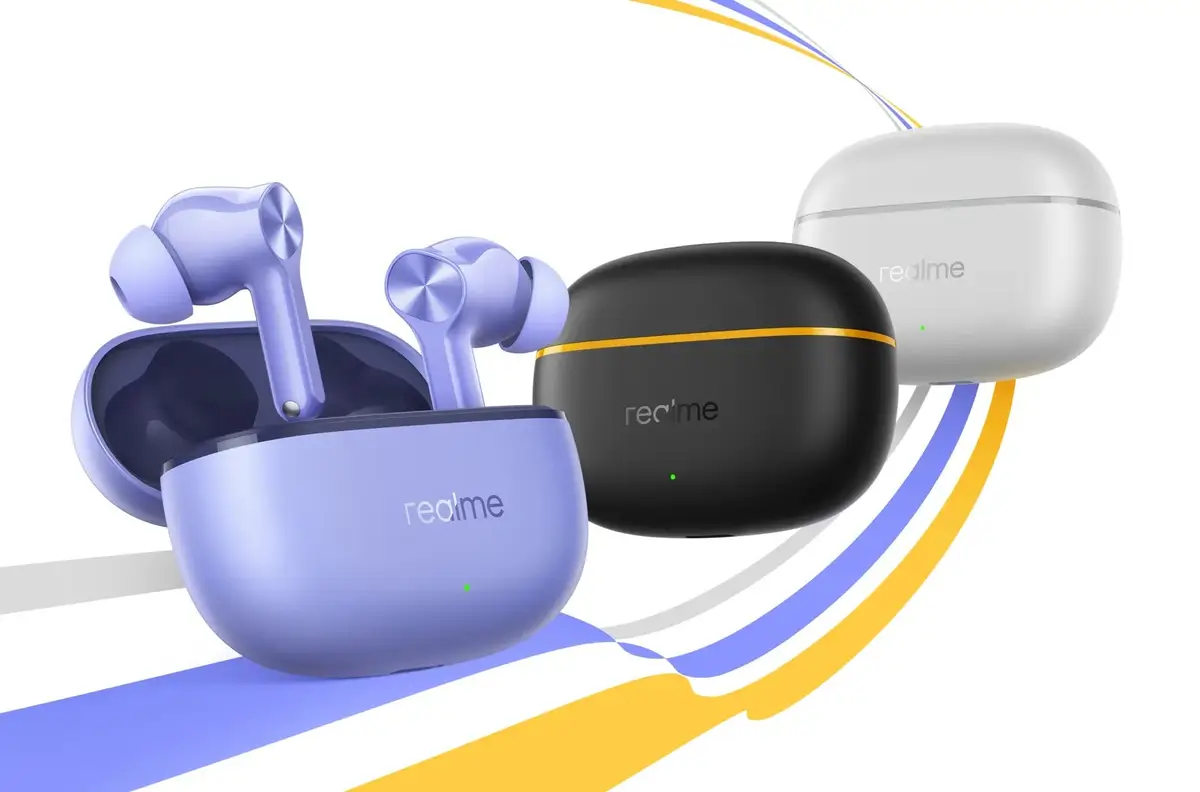Alibaba's Qwen series has received a significant upgrade with the introduction of image generation capabilities in the Qwen VLo model. This advancement positions Qwen VLo as a powerful tool for visual content creation, editing, and refinement, potentially impacting designers, marketers, content creators, and educators alike.
What is Qwen VLo?
Qwen VLo is a multimodal large language model (LLM) that unifies both understanding and generation of visual and textual content within a single framework. Building upon Alibaba's previous vision-language model, Qwen-VL, the VLo version adds the ability to generate images from various inputs, marking a leap forward in AI-driven creative tools. It's designed to be a "creative engine", empowering users to produce high-quality visuals from text, sketches, and commands, supporting multiple languages and step-by-step scene construction.
Key Features and Capabilities
- Concept-to-Polished Visual Generation: Qwen VLo can generate high-resolution images from simple inputs like text prompts or sketches. It can interpret abstract concepts and transform them into refined visuals, useful for design and branding.
- On-the-Fly Visual Editing: Users can refine images using natural language commands, adjusting elements like object placement, lighting, and colors. This simplifies tasks such as retouching product photos or customizing ads.
- Multilingual Multimodal Understanding: The model supports multiple languages, making it globally accessible for various industries like e-commerce, publishing, and education.
- Progressive Scene Construction: Qwen VLo enables incremental image generation, where users can guide the model step-by-step, adding and refining elements to achieve the desired output. This mirrors the human creative process and offers greater control.
- Text-to-Image and Image-to-Image Creation: The model supports both text-to-image and image-to-image generation, allowing users to create visuals from text descriptions or modify existing images using written instructions.
- Open-Ended Instruction-Based Editing: Qwen VLo can respond to open-ended instructions during image editing, such as "add a sun to the sky" or "make the photo look like the 19th century". It can also perform traditional perception tasks like predicting depth maps and edge information.
- Content Recreation: Qwen VLo boasts advanced features for content recreation, maintaining semantic and structural accuracy during modifications. The model attempts to solve the challenge of maintaining structural integrity, which many generative AI systems struggle with when modifying images, by continuously optimizing predicted content throughout the generation process.
- Versatile Applications: The model's capabilities extend to practical applications like background replacement, artistic style transfers, and direct text-to-image generation. It also accommodates diverse resolutions and aspect ratios, providing flexibility for different creative needs.
How it Works
Qwen VLo utilizes a progressive generation method, constructing images step-by-step to ensure quality and consistency. This approach addresses the issue of unwanted elements and inconsistencies often found in AI-generated outputs. The model's architecture integrates visual and textual modalities, enabling it to interpret images, generate descriptions, respond to visual prompts, and produce visuals from text or sketches.
The Qwen Series
Qwen, also known as Tongyi Qianwen, is a family of large language models developed by Alibaba Cloud. Alibaba first launched a beta of Qwen in April 2023. In January 2025, Qwen2 was released. Alibaba has released several other model types such as Qwen-Audio and Qwen2-Math. The Qwen-VL series are visual language models that combine a vision transformer with an LLM. Alibaba Cloud has made over 200 generative AI models open-source.
Competition and the AI Landscape
Alibaba's Qwen VLo faces competition from both international and domestic AI players. Chinese rivals like DeepSeek are also aggressively competing for market share. In the broader AI landscape, multimodal models are becoming increasingly specialized. While Qwen models excel at detailed data extraction tasks like document understanding and visual question answering, other models may perform better at contextual understanding.
In Conclusion
Alibaba's Qwen VLo represents a significant step forward in multimodal AI, merging understanding and generation capabilities into an interactive model. Its flexibility, multilingual support, and progressive generation features make it a valuable tool for various content-driven industries. As the demand for visual and language content convergence grows, Qwen VLo aims to position itself as a scalable creative assistant ready for global adoption.

















